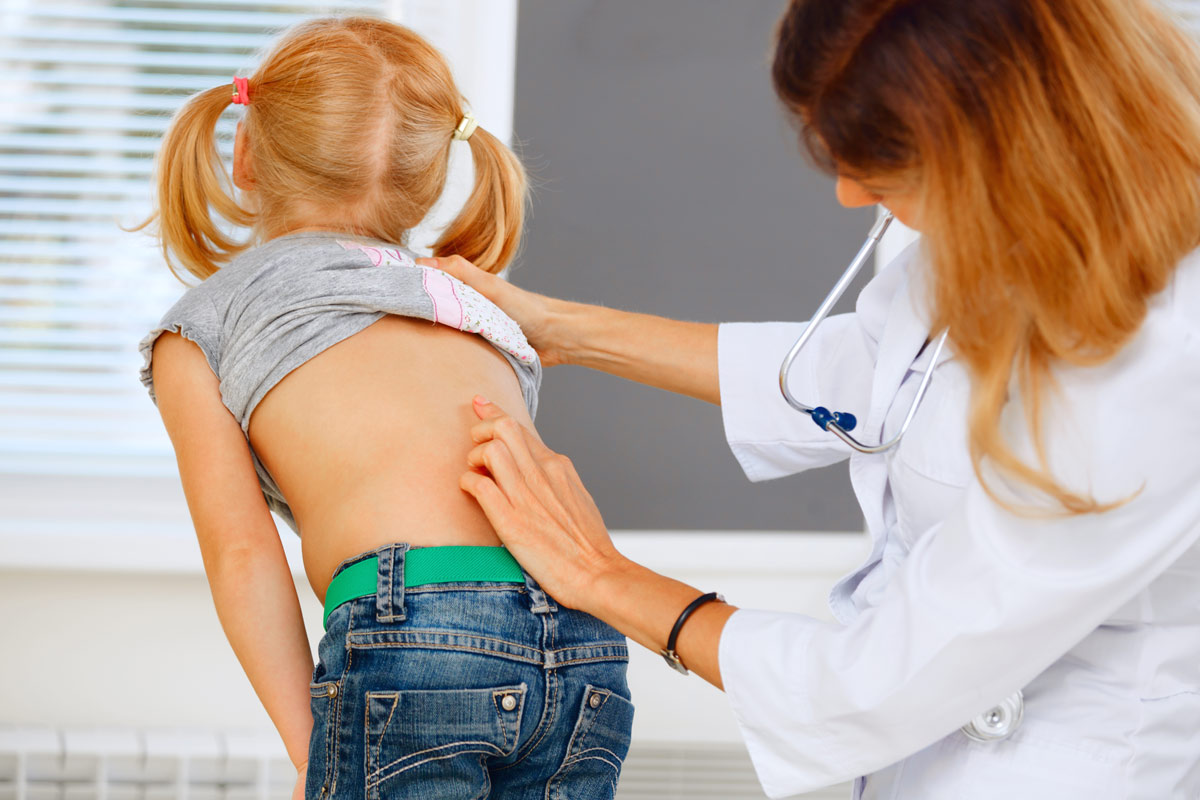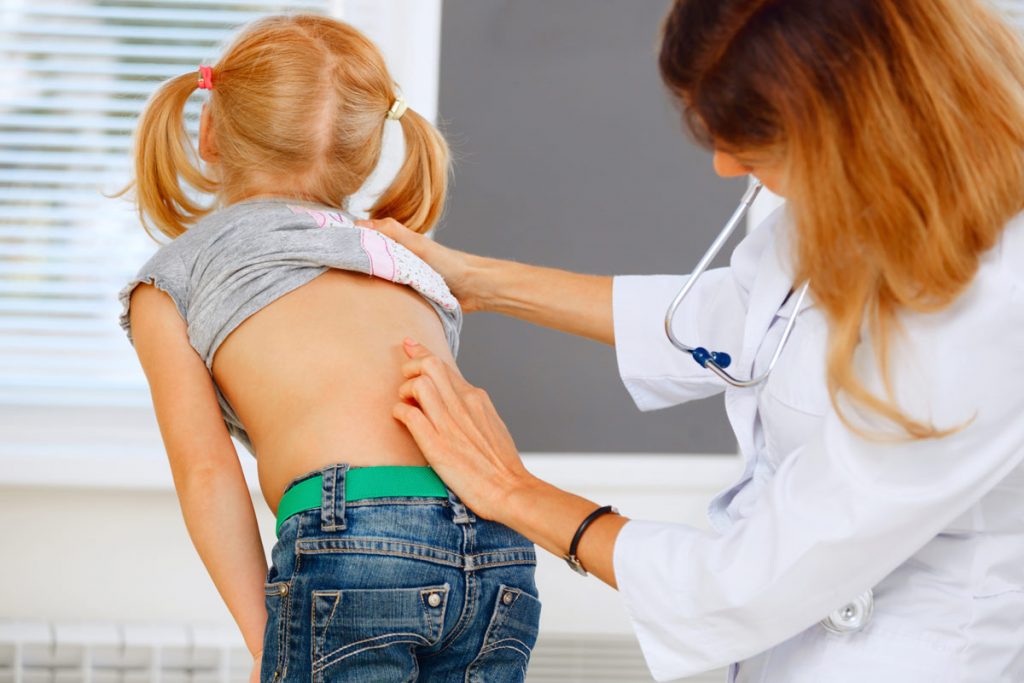From time to time, children and adolescents hear from those who care for them that they should “sit up straight” or “stand tall.”
Generally, these suggestions simply ask for an adjustment in posture. However, a change in stance, uneven shoulder height or a perceived inability to maintain a level hemline of the skirt of an adolescent girl may indicate a true spine deformity.
Scoliosis, or a sideways curve of the spine, is a condition that occurs in otherwise healthy children and adolescents, often with few if any symptoms.
Some degree of scoliosis is relatively common. Very small curves may be detected in as many as two to three out of 100 people.
As scoliosis is related to growth, the curve may be quite small in younger-aged children, and therefore not readily apparent. The curvature becomes a concern as the severity increases with growth of the child.
Although scoliosis can occur at any age, most curves become more obvious during the adolescent growth spurt. Small curves occur with similar frequency in boys and girls, but girls are more likely to progress to the point of requiring treatment.
Diagnosis
The underlying cause of scoliosis may sometimes be related to a defect in bone development or other conditions such as cerebral palsy or muscular dystrophy. However, the vast majority of cases are seen in healthy, active adolescents.
Scoliosis can run in families, but the exact cause of most cases is not known.
Scoliosis does not usually cause any pain. Your child’s primary care physician should inquire about your child’s strength and activity, as the evaluation of scoliosis requires a thorough medical history to determine if any other problems may be causing the spine to curve.
During an examination, the doctor will ask your child to bend forward, which will highlight any deformities. The nature and severity of the spine deformities are determined with an x-ray of the spine. The type of treatment required depends on:
- The kind of scoliosis
- The degree of the curve
- The number of remaining years of growth until the child reaches skeletal maturity
The main categories of scoliosis in children and adolescents are as follows:
- Adolescent idiopathic scoliosis – By far the most common type of scoliosis; occurs after the age of 10 and may progress quickly during the adolescent growth spurt. The exact cause in idiopathic scoliosis is unknown.
- Juvenile idiopathic scoliosis – Occurs in children between the ages of 3 and 10 years and is uncommon. Although the curves progress slowly, as children of this age do not grow quickly, their young age may allow considerable time for the curves to progress before the child reaches maturity.
- Early onset or infantile scoliosis – Occurs in children younger than 3 and may progress to an extreme severity, interfering with growth and breathing.
Treatment
Treatment options are limited to observation, casting/bracing or surgery. Physical therapy, chiropractic care and electrical stimulation of the muscles of the back have not been shown to change the curve nor alter its risk of progression. Severe deformities and those at risk to progress to unacceptable deformity or to the point of interfering in function warrant treatment.
Source:









